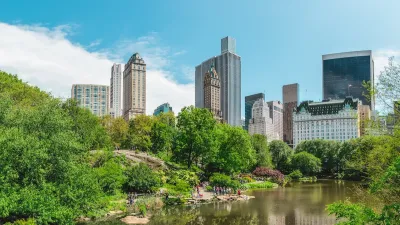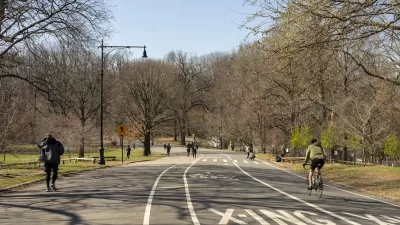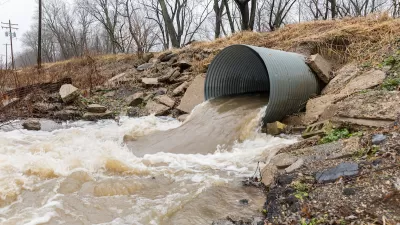A new report on sidewalks and climate change in Seattle prompts a call to urban planners and municipal officials to take greater care in installing sidewalks in neighborhoods.
"Sidewalks have long been the indicator of whether a neighborhood has the attention of City Hall planners and politicians. Lack of sidewalks can also provide a rallying point for disaffection. A new study of the relationship between sidewalks and climate change released by the Washington State Department of Transportation may provide some new backing for the concrete crusade being led by some neighborhoods. But the city needs to be careful to consider other factors like the impacts on water quality."
The report downplays the role of sidewalks in reducing vehicle miles traveled, but this article from Crosscut argues that it also disregards the role sidewalks and curbs play in public safety and water retention.
FULL STORY: Sidewalks are a neighborhood's status symbol, but do they help the environment?

Maui's Vacation Rental Debate Turns Ugly
Verbal attacks, misinformation campaigns and fistfights plague a high-stakes debate to convert thousands of vacation rentals into long-term housing.

Planetizen Federal Action Tracker
A weekly monitor of how Trump’s orders and actions are impacting planners and planning in America.

San Francisco Suspends Traffic Calming Amidst Record Deaths
Citing “a challenging fiscal landscape,” the city will cease the program on the heels of 42 traffic deaths, including 24 pedestrians.

Bend, Oregon Zoning Reforms Prioritize Small-Scale Housing
The city altered its zoning code to allow multi-family housing and eliminated parking mandates citywide.

Amtrak Cutting Jobs, Funding to High-Speed Rail
The agency plans to cut 10 percent of its workforce and has confirmed it will not fund new high-speed rail projects.

LA Denies Basic Services to Unhoused Residents
The city has repeatedly failed to respond to requests for trash pickup at encampment sites, and eliminated a program that provided mobile showers and toilets.
Urban Design for Planners 1: Software Tools
This six-course series explores essential urban design concepts using open source software and equips planners with the tools they need to participate fully in the urban design process.
Planning for Universal Design
Learn the tools for implementing Universal Design in planning regulations.
planning NEXT
Appalachian Highlands Housing Partners
Mpact (founded as Rail~Volution)
City of Camden Redevelopment Agency
City of Astoria
City of Portland
City of Laramie





























